In the weeks following Hurricane Sandy, I had an opportunity to visit some of the hardest hit communities in the region. At the time, many of New Jersey’s barrier islands were still completely closed off to civilian traffic and all accessible bridges were blocked by military guards. Our local territory manager has great relationships with building departments, so we were able to walk portions of Long Beach Island, NJ with an inspector. The storm surge washed out several sections of the protective sand dunes on the south end of the island in the neighborhood of Holgate and this is where we spent much of the day.


For a structural engineer, there was a lot to observe and many things I could write about here (maybe a future post), but what strikes me the most when looking back is the long- term impact this event will have on the region. The cost of Sandy goes beyond the loss of life and property (72 lives, $50 billion and growing). It would be difficult to estimate a dollar amount that accounts for the displacement of people and disruption to their lives, the hit to local economies that depend heavily on tourism, and the effect on the national economy and taxpayers; but I imagine it would be a staggering sum. So what, if anything, can structural engineers do about it?
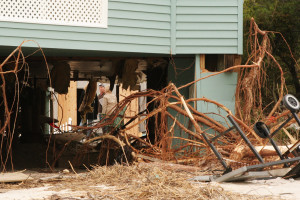
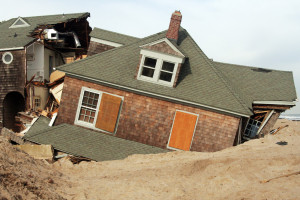
One possibility may be to increase the education we provide to clients and the industry. It seems all too often that structural engineers are competing against each other to provide a design that has the lowest possible construction cost to comply with the building code. But building codes are bare minimums and an owner may not understand how a small increase in construction cost may greatly increase the resiliency of their building. Structural engineers are the one member of the design/development team with the expertise to bring this information into the discussion. A recent blog post on code-plus programs contains some great resources to help kick start the conversation.
Another opportunity we have is to work with our state chapters of NCSEA, CASE or ASCE to modify the model codes when they are adopted at the local level to address regional risks. What makes sense for one region may not make sense for the rest of the country. Areas subject to hurricanes, floods, tornadoes, or earthquakes would benefit from higher building code standards for those risks.
Nothing makes me more proud of my profession than when I hear how a well-designed structure survived an extreme event and fulfilled its most vital role, protecting its occupants from the worst of Mother Nature. Shouldn’t that be the goal of every building design?
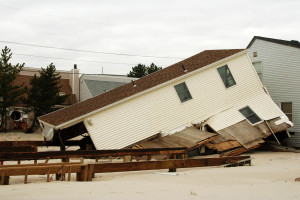
What are your thoughts? Please share by posting a comment.
– Shane
What are your thoughts? Visit the blog and leave a comment!



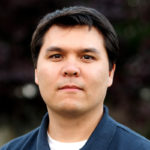

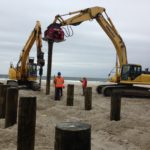
1 thought on “What Did Sandy Teach Us?”